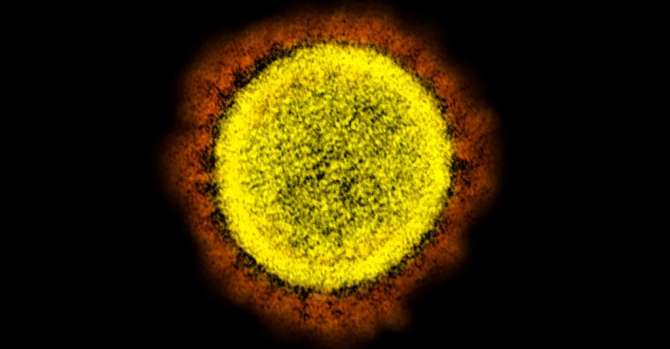32,426 COVID-19 Infected In Belarus, Daily Increase Of 900+ For Over 2 Weeks
Belarusfeed
21 May 2020, 18:53
 As of 20 May, 32,426 people have tested positive for the coronavirus in Belarus. Thus, a daily increase is 918 new cases, according to the Healthcare Ministry.
As of 20 May, 32,426 people have tested positive for the coronavirus in Belarus. Thus, a daily increase is 918 new cases, according to the Healthcare Ministry.
So far, 11,415 coronavirus patients recovered and were discharged from hospitals, plus 795 people in the past 24 hours. Four people died overnight taking the country’s death toll to 179.
As many as 387,673 tests have been carried out in the country, that is 12,597 tests since yesterday. The percentage of positive results from the number of new tests is 7,3%. Yesterday the rate was higher – 8,7%.
According to Lithuanian professor Saulius Čaplinskas, the country is starting to cope with the epidemic, when the percentage of positive test results per day is 3% or less.
Recall that the projected trend of a 300-400 cases daily increase and the peak incidence in early May have proved wrong. On 14 May, Infection Deputy Healthcare Minister Yelena Bogdan said that Belarus has reached a plateau on the infection.
One of the latest forecasts has projected the peak incidence on the 20th of May, after which the epidemic is expected to decline.
During his trip to Vitebsk on 19 May, Healthcare Minister Vladimir Karanik reported that there is a decrease in the number of pneumonia cases. There were over 200 pneumonia cases per day at the peak of the outbreak, now it is up to 20-30 cases in Vitebsk.
The WHO experts pointed out, the need to strengthen community-wide measures of physical distancing at individual, community and national levels in Belarus and gave a list of recommendations to follow in the fight with the COVID-19.
At the 73rd Session of the World Health Assembly WHO, Director-General Dr Tedros Adhanom Ghebreyesus noted that the majority of the world’s population remains susceptible to this virus.
“Even in the worst-affected regions, the proportion of the population with the tell-tale antibodies is no more than 20 percent, and in most places, less than 10 percent,” he said.
21 May 2020, 18:53

So far, 11,415 coronavirus patients recovered and were discharged from hospitals, plus 795 people in the past 24 hours. Four people died overnight taking the country’s death toll to 179.
As many as 387,673 tests have been carried out in the country, that is 12,597 tests since yesterday. The percentage of positive results from the number of new tests is 7,3%. Yesterday the rate was higher – 8,7%.
According to Lithuanian professor Saulius Čaplinskas, the country is starting to cope with the epidemic, when the percentage of positive test results per day is 3% or less.
Projections and trends
Recall that the projected trend of a 300-400 cases daily increase and the peak incidence in early May have proved wrong. On 14 May, Infection Deputy Healthcare Minister Yelena Bogdan said that Belarus has reached a plateau on the infection.
One of the latest forecasts has projected the peak incidence on the 20th of May, after which the epidemic is expected to decline.
During his trip to Vitebsk on 19 May, Healthcare Minister Vladimir Karanik reported that there is a decrease in the number of pneumonia cases. There were over 200 pneumonia cases per day at the peak of the outbreak, now it is up to 20-30 cases in Vitebsk.
The WHO experts pointed out, the need to strengthen community-wide measures of physical distancing at individual, community and national levels in Belarus and gave a list of recommendations to follow in the fight with the COVID-19.
At the 73rd Session of the World Health Assembly WHO, Director-General Dr Tedros Adhanom Ghebreyesus noted that the majority of the world’s population remains susceptible to this virus.
“Even in the worst-affected regions, the proportion of the population with the tell-tale antibodies is no more than 20 percent, and in most places, less than 10 percent,” he said.



